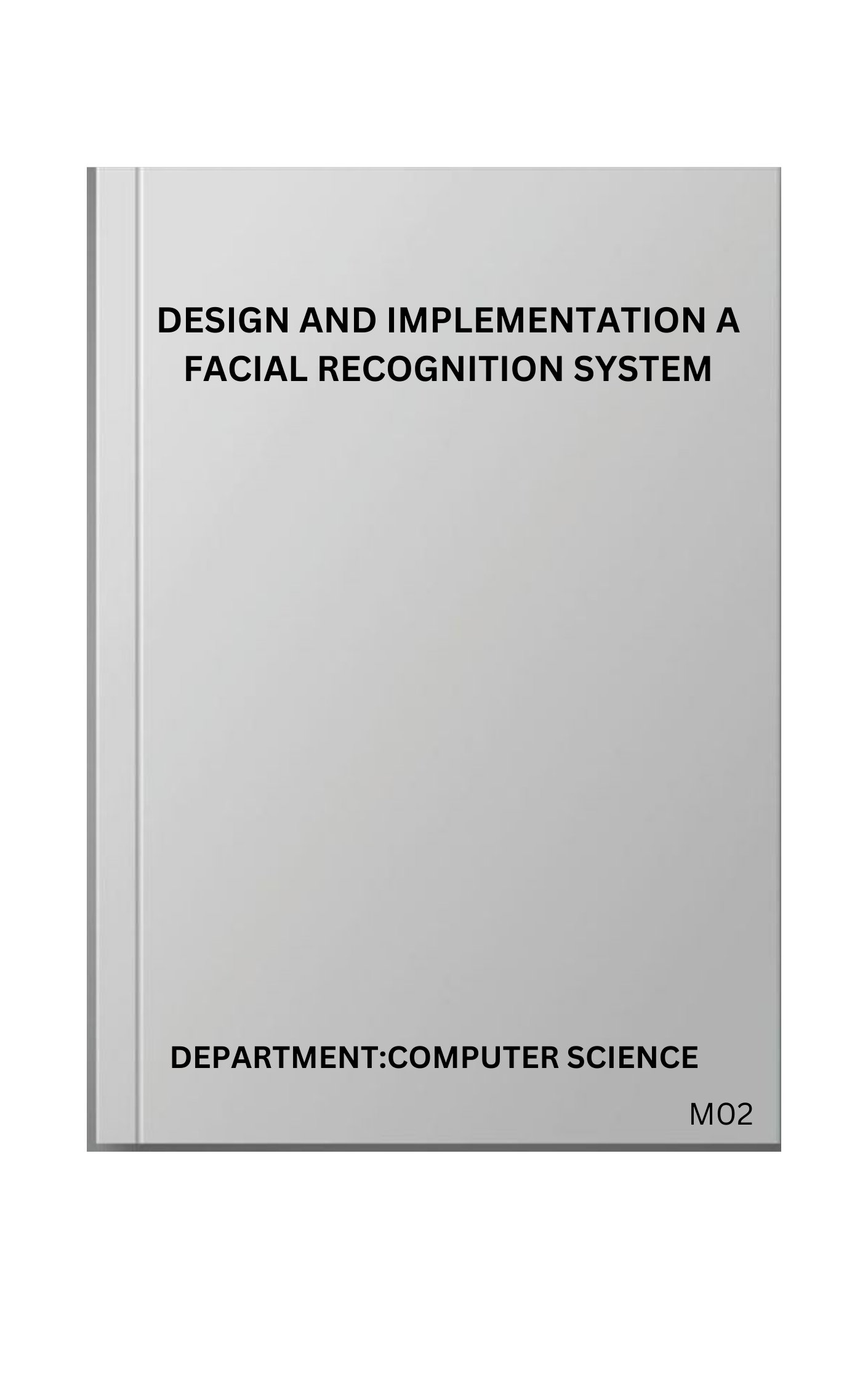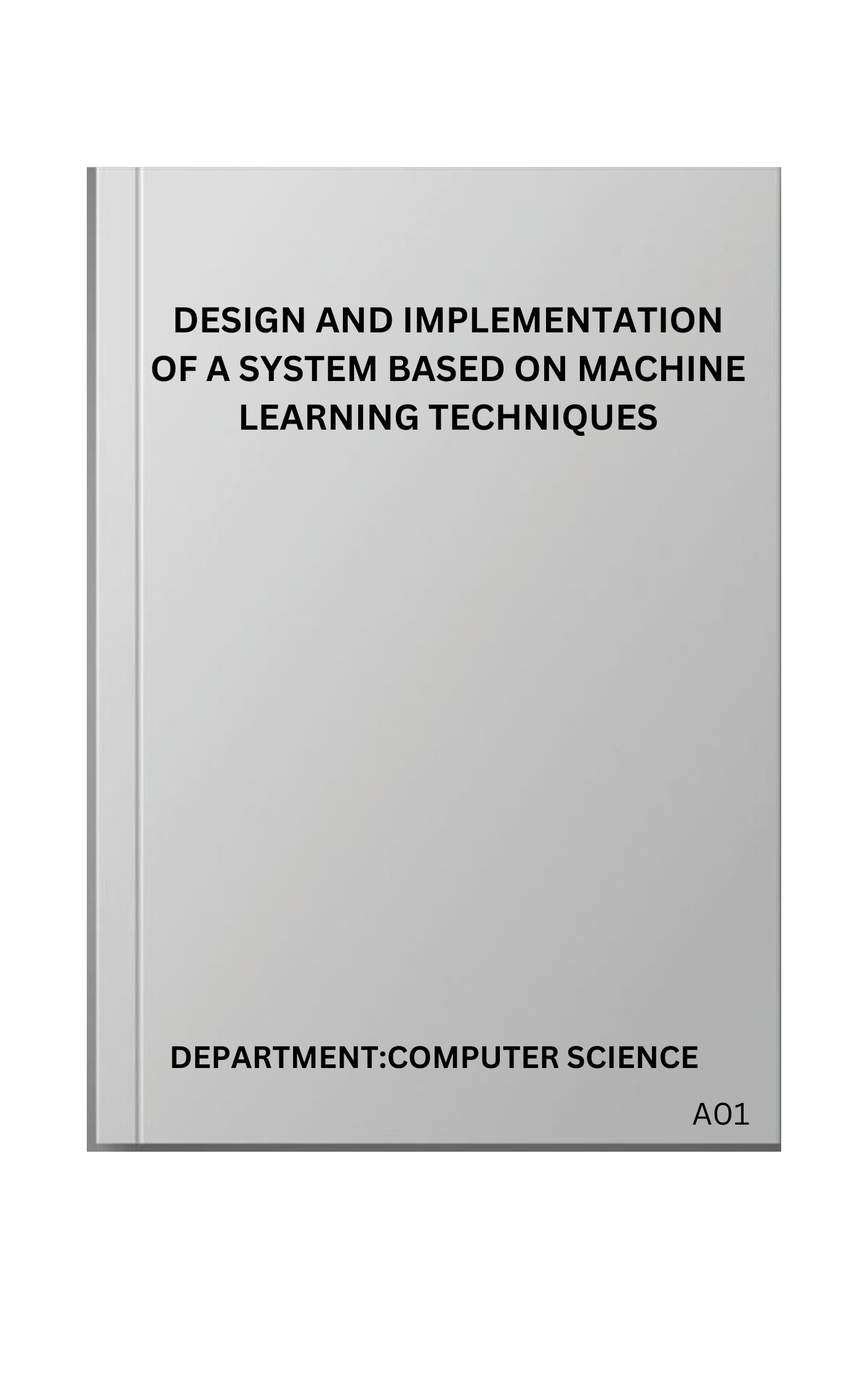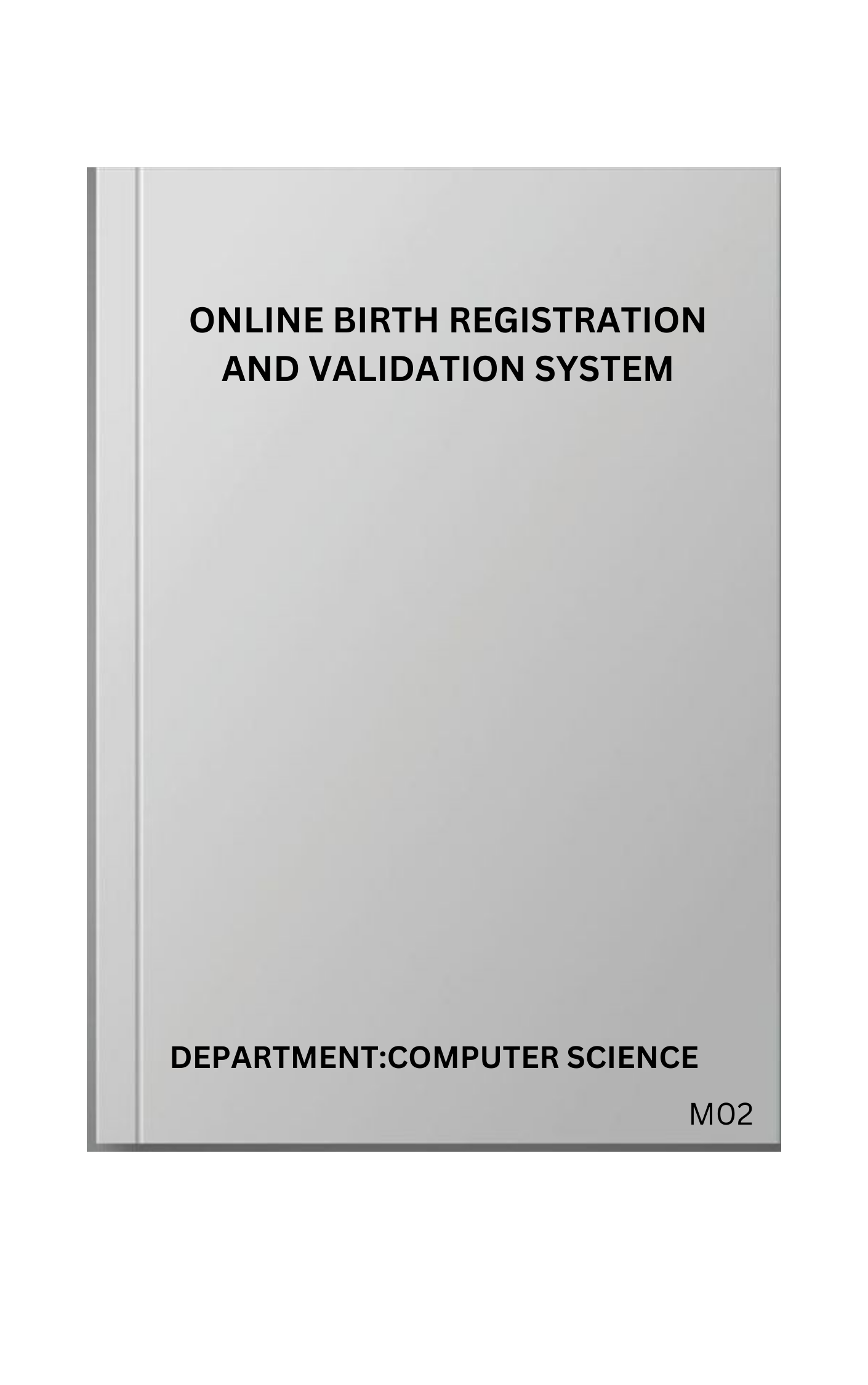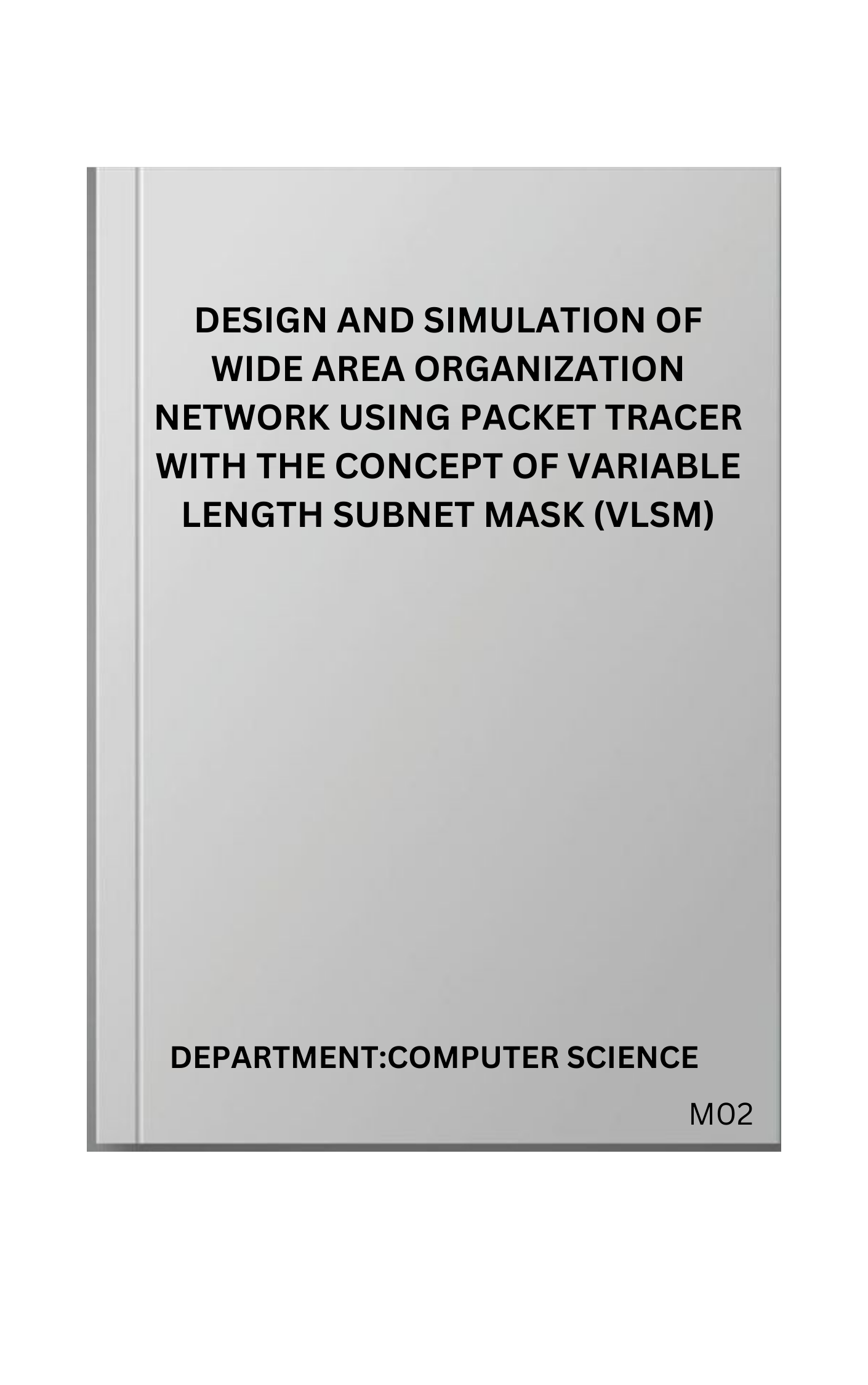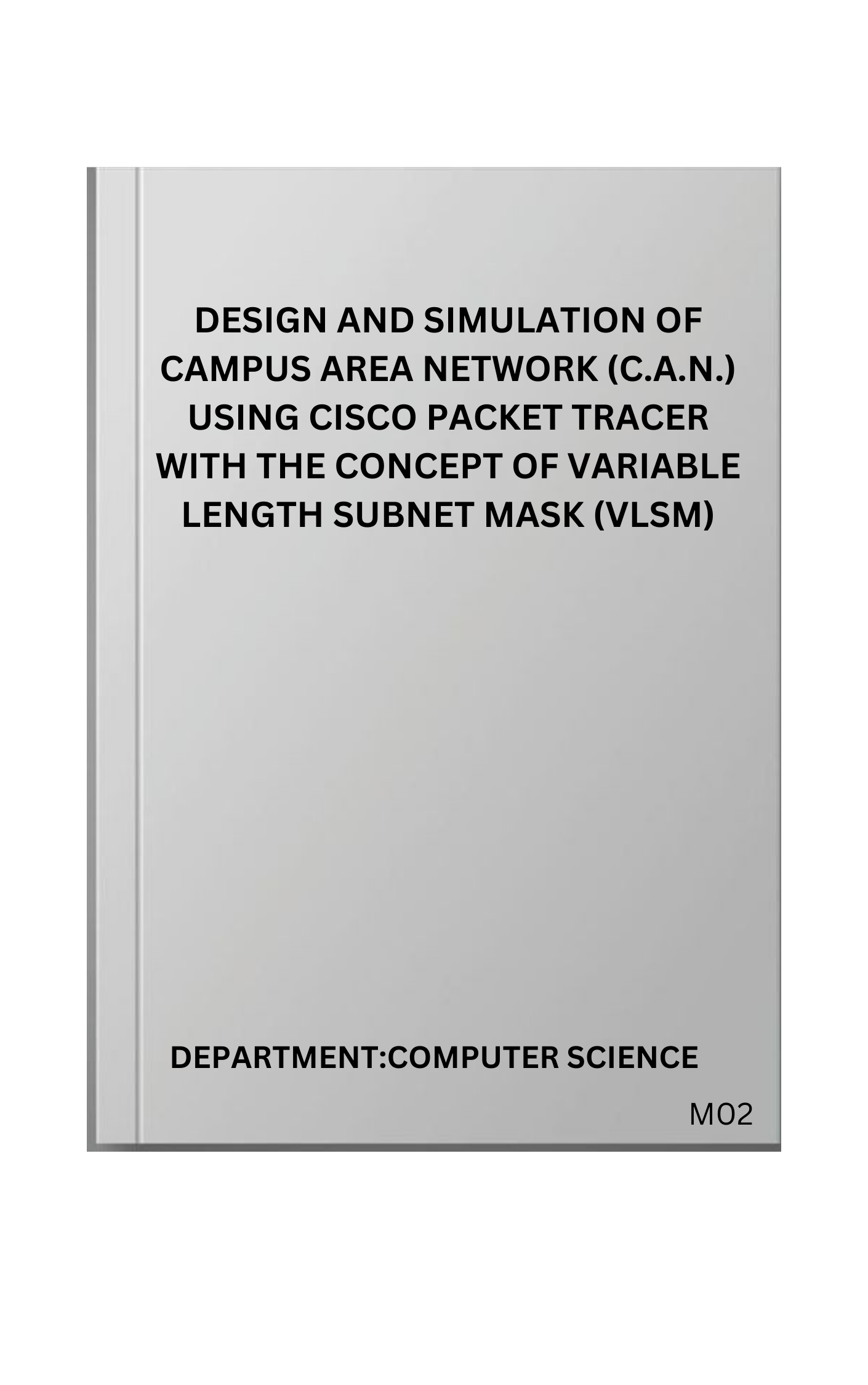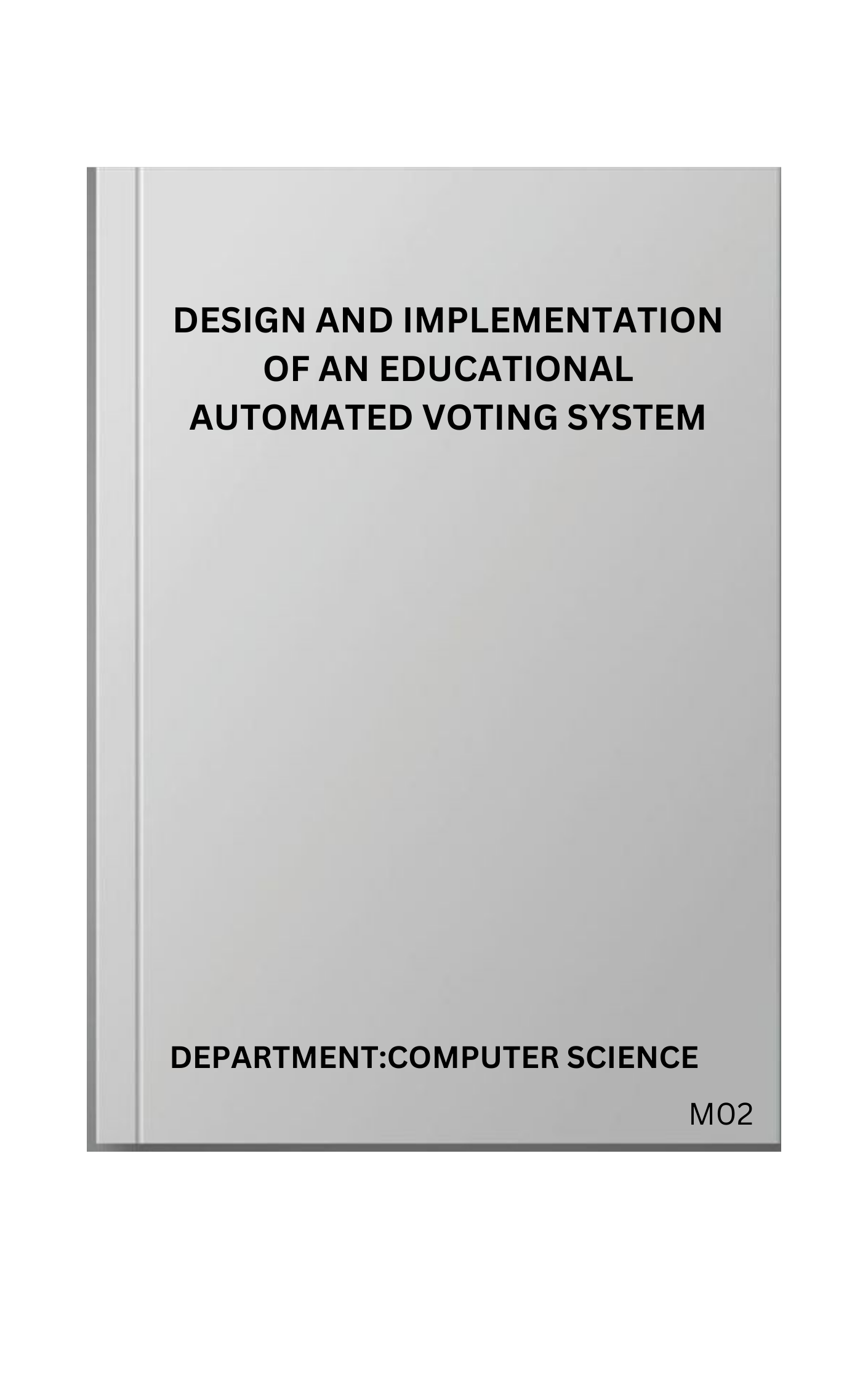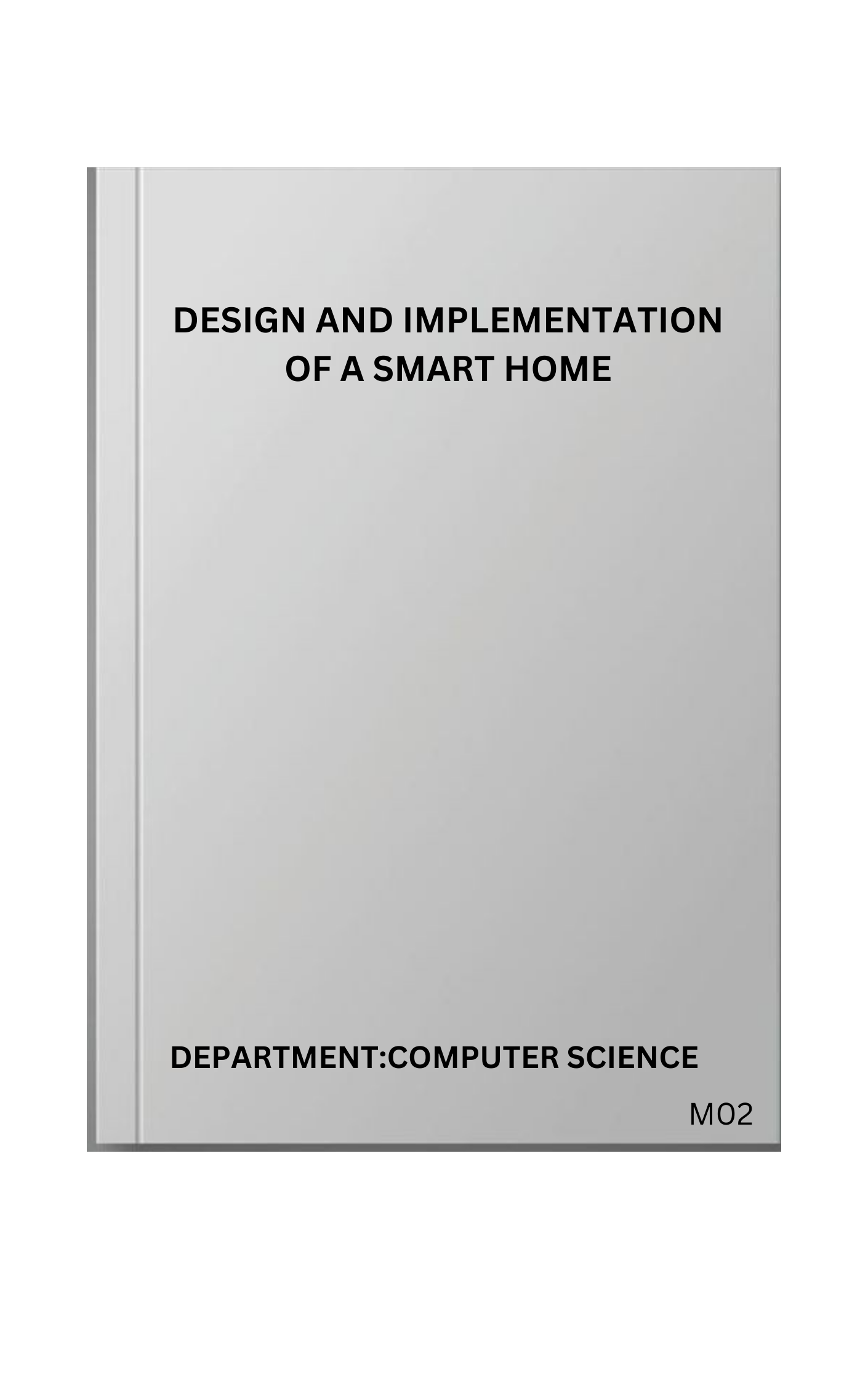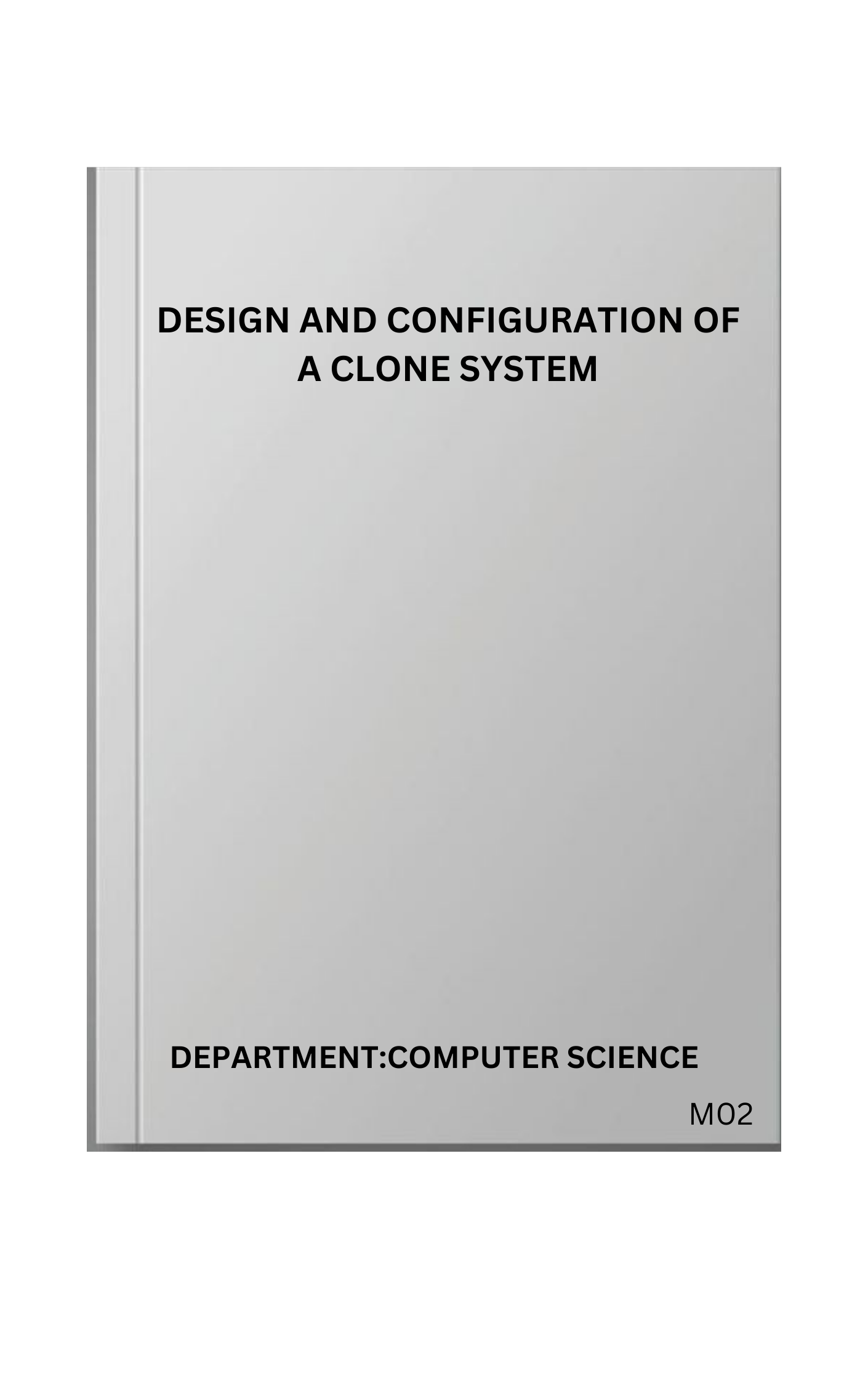CHAPTER ONE
INTRODUCTION
1.1 Background Study
Biometrics refers to using unique physical or behavioral characteristics of an individual for identification and authentication purposes. Facial biometrics is a type of biometric technology that uses facial features, such as the distance between the eyes, the shape of the nose, and the contours of the face, to identify and verify an individual's identity. It is a non-intrusive and easy-to-use technology that has high accuracy and is widely used in various applications, including schools and universities for student identity verification. Traditionally, schools and universities have used methods like ID cards or passwords to identify students. However, these methods can be slow and have errors, which can cause problems. Facial recognition technology can help identify students faster and more accurately. It uses cameras and software to compare a student's face to a database of known faces. Using facial recognition can improve safety and save time and money. But, it is important to consider privacy and security concerns and make sure the technology is fair and accurate.
1.2 Statement of the Problem
It can be difficult and time-consuming to verify the identity of students in schools and universities. Current methods, such as showing ID cards or remembering passwords, can be unreliable and may not ensure the safety of students. A better solution is needed to verify the identity of students in a quick and secure way. The proposed project aims to address this issue by using facial recognition technology to verify the identity of students. This will eliminate the need for students to carry physical identification cards or remember passwords, making it easier and more convenient to verify their identity. Additionally, the use of facial recognition technology will improve the security of the verification process by preventing fraudulent activities.
1.3 Aim of the Project
The aim of the project is to implement a facial recognition system that can accurately and efficiently verify the identity of students in schools and universities. This will provide a modern and secure alternative to traditional methods, such as using ID cards or passwords, and make the identity verification process more convenient and reliable for students. The project also aims to enhance the safety and security of students by preventing fraudulent activities and ensuring that only authorized individuals are granted access to restricted areas.
BUY TO GET FULL PROJECT

